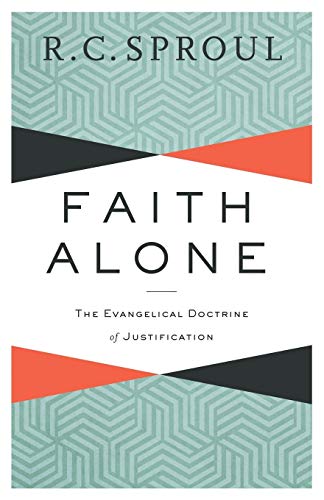Leviticus (The New Century Bible Commentary)
Written by Philip J. Budd Reviewed By John E HartleyThis new volume on Leviticus by P.J. Budd is a welcome addition to this excellent series. Budd provides concise verse-by-verse comments that lead to a good understanding of this obscure biblical book. He introduces a chapter and sometimes a larger section with an extended discussion that covers pertinent literary issues, the role of the following material in ancient Israel, and its significance from a broad theoretical perspective. The discussions are excellent as they prepare the reader for understanding the comments that follow. Some would wish, however, for a fuller discussion on the complex account of the Day of Atonement (ch. 16) and the general significance of the Holiness Code (chs 17–26).
This book also offers a splendid entry into the contemporary debate on the multiple issues related to the interpretation of Leviticus, thus ably accomplishing a major goal of this series. Budd incisively encapsulates the results of numerous scholarly works published in the last decade along with significant earlier works, and he often provides a brief, penetrating critique.
With regard to critical issues Budd holds to the broad outline of source criticism, at the same time aware that the Priestly material had a long prehistory. In Leviticus only chapters 8–10 on the ordination of the priest and the inauguration of the cult, and possibly chapter 16 on the Day of Atonement, are assigned to the P narrative. The bulk of Leviticus consists of three large blocks of cultic material dating back to the First Temple that have been inserted into P. These include the Manual of Sacrifice (chs 1–7) and the Manual of Purity (chs 11–15). The Holiness Code (chs 17–26), the third block, was assembled by the beginning of the exile, in Budd’s judgement. At that time the Holiness school did some editorial work on the other two manuals (e.g. 11:44–45). For Budd, Leviticus came about in two phases: the manuals were joined to the narrative just before the dedication of the Second Temple (516 BC), and later, the inclusion of additional legislative materials, like chapter 27, was finished by the time of Ezra (late fifth century BC). The discussion of literary issues is very clear.
Theories about the meaning of specific regulations and rituals are constructed mostly from a social-cultural perspective. This approach is well seen in the discussion of sacrifice in the introduction (pp. 28–34). Budd is particularly interested in the boundaries between order and chaos and life and death as defined by these laws.
Given his dating of the material and the anthropological outlook, Budd believes that this material was collected and edited to empower the leadership of the Aaronic priests in the Second Temple community. For example, some of the modifications of the sacrificial laws were done to enhance the priests’ income. Budd interprets passages like 26:27–45, which speak of captivity, in similar fashion—not as prescriptive material, but as material that reflects the reality of the exilic setting.
Budd finds the greatest significance of this seemingly outdated biblical book for our age in its profound reverence for life in all its forms. In the purity laws regulating edible meats and foods, for example, he finds the teaching that the life force must not be interfered with. Disregard of these rules results in a defilement that is detrimental to human existence (p. 184). For Budd the contemporary community needs to learn again from this ancient material the value of life.
The weakest point of this commentary is its theological treatment of the material. In the introduction there is a short section on the theology of Leviticus developed around two key themes, the idea of holiness and the divine presence (pp. 34–9). Unfortunately there is no exploration into the role of sacrifice in securing atonement as the basis of the divine-human reconciliation. Budd shows no interest in typology as a means of gaining theological insight into the relationship of this book to the canon. Consequently there is little exploration into the importance of Leviticus for interpreting the sacrificial death of Jesus and other NT themes related to cultic practices.
John E Hartley
Azusa Pacific University, Azusa, CA







